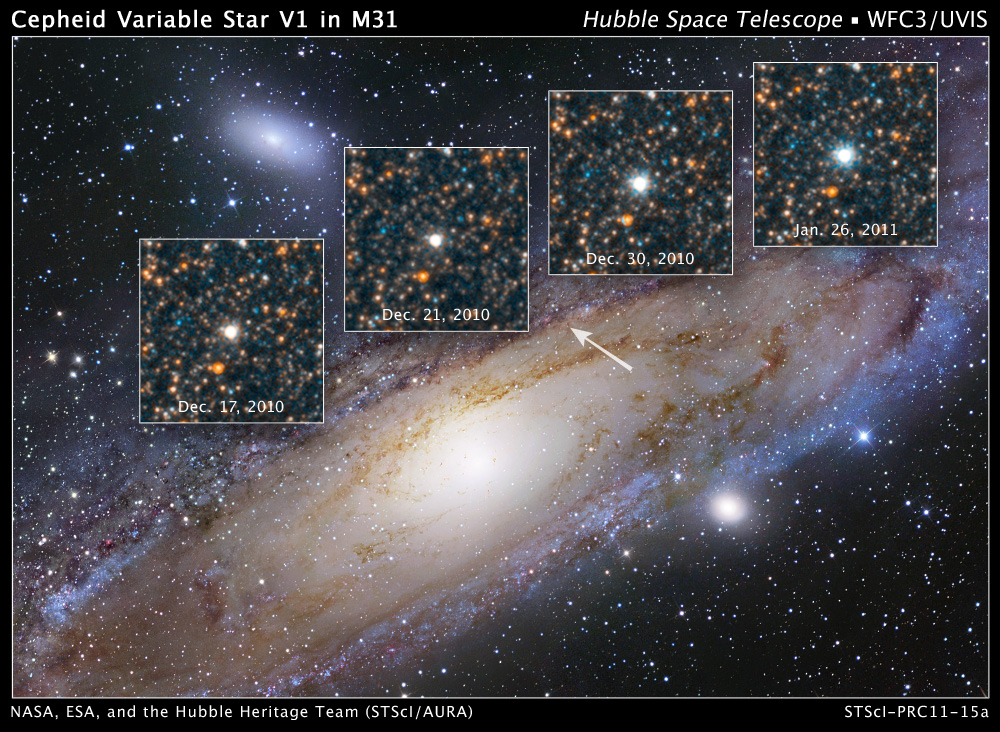The Milky Way, from Herschel to Hubble
Many of us attend the talks at the Astronomy Society to learn more and expand our knowledge of the universe. So at the start of Katherine Rusbridge’s talk this week it was quite intriguing to be asked to forget everything we know about stars and galaxies…..even the word galaxy.
The inspiration for Katherine’s talk, “The Milky Way from Herschel to Hubble,” came from reading Leila Belkora’s book “Minding the Heavens, The Story of Our Discovery of the Milky Way.”
Katherine took us back in history to 1750 when little was known about stars and the concept of galaxies did not even exist. By exploring the work of famous astronomers Katherine showed us not just how little was known but more importantly how assumptions, such as the belief that all stars were the same brightness, coloured the way observations were interpreted or misinterpreted!
The talk looked at how some key questions were answered over the last few centuries:-
- How far away are the stars?
- How big is our star system?
- Where are we in our star system?
- Are there other star systems?
Well known historical figures like William Herschel and Harlow Shapley certainly worked out some of the answers but Katherine also brought in the contributions made by some lesser known names like Thomas Wright, Jacobus Kapteyn and Wilhelm Struve. Most of these astronomers had only simple telescopes but spent an enormous of amount of time and effort surveying the sky and recording what they saw at the eyepiece.
Galaxies and clusters had been observed but were just fuzzy clouds and everything that was not identifiable perhaps as a comet was simply a nebula. On the other hand their estimates of distance using simple observation and trigonometry were surprisingly accurate when stood against modern values.
The full picture only emerged less than a hundred years ago, when Edwin Hubble discovered a Cepheid Variable in Andromeda in 1923. This was called the “star that changed the universe” and proved without a doubt that the “Andromeda nebula” was a completely separate and distant star system. Andromeda then became the model for our own spiral galaxy.

Katherine told a fascinating story and it was very rewarding to take that step back in time and forget modern science. The talk left a lasting impression of what an immense task it was to make sense of the night sky and how our understanding developed thanks to the founders of modern astronomy.
On one final note Katherine made some interesting local connections and Slough Bus Station is now much more interesting as an astronomical object!
Talk given by FAS member Katherine Rusbridge
Post written by Danny Thomas
Feb 2018
